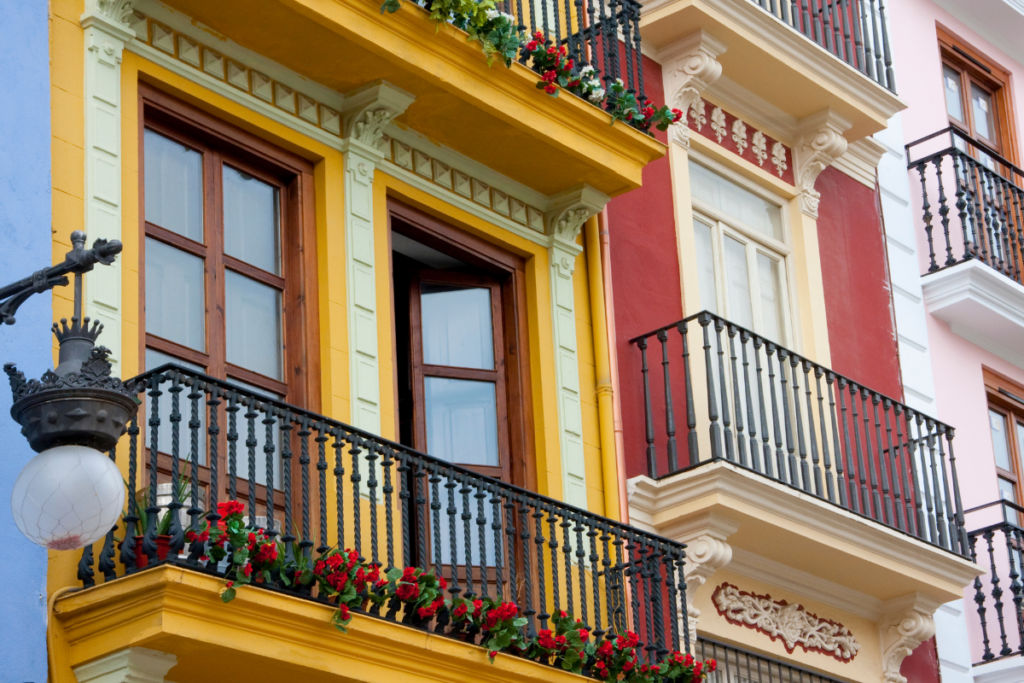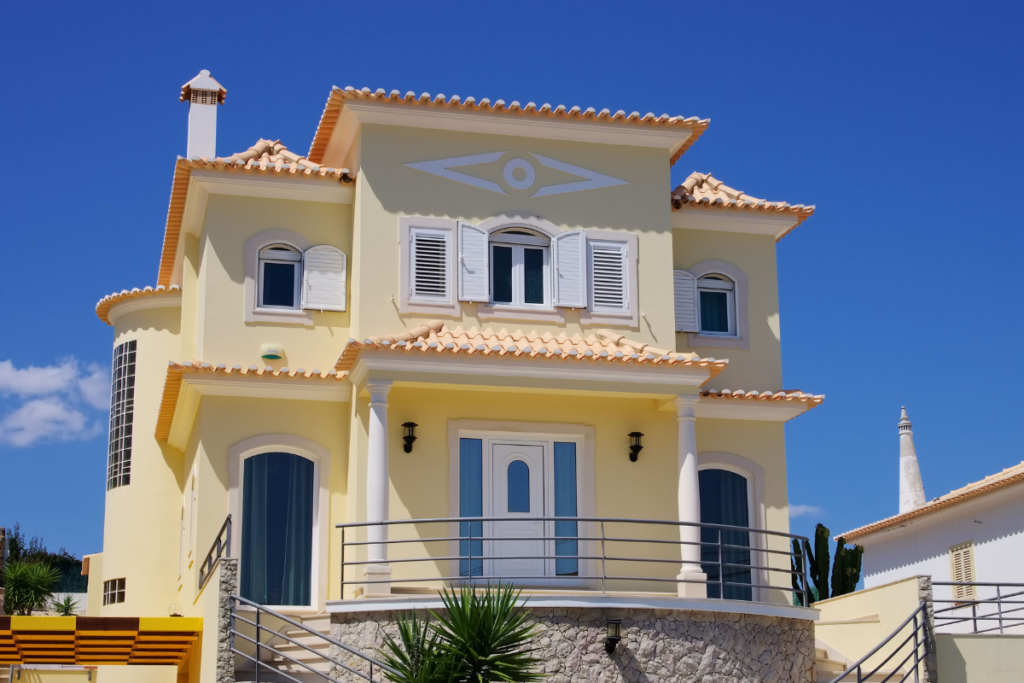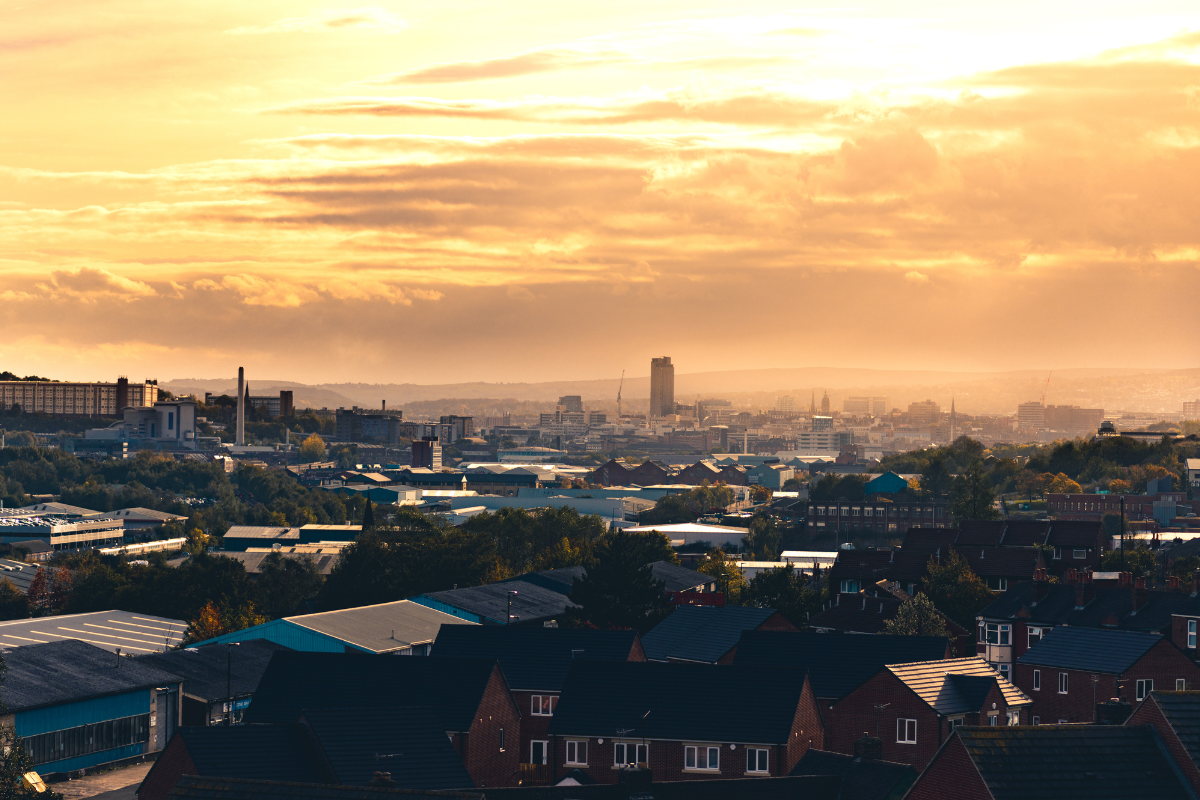Last week was another hot one, but as anticipated – it wasn’t long until the UK returned to its customary climate of thunderstorms and clouded skies. Overnight, temperatures dropped from 31°C to 23°C (in Manchester), introducing a fresher start to the week. However, climate experts warn that these recent hot spells, which have seen some parts of the UK thrash weather records, may not be so few and far between in the future. Though global temperatures have been increasing for the last century, the UK was clearly not prepared for such extreme weather; melted train tracks, healthcare chaos, and school and public building closures ensued under 40°C heat. Yet, the issue many of us faced was in the confines of our homes.
Acclimatised to cold, rainy winters (and usually cool, rainy summers), our homes are designed to retain heat, keeping us cosy and dry. So when a record-breaking heatwave crops up, our living rooms transform into a sauna and our bedrooms; a furnace. Though we may love soaking in the 30°C heat abroad, it’s a different story within our four (thermal, insulating) walls. Over the last month, how many times have you heard something along the lines of; “Our homes aren’t meant for this weather, it’s not like Spain – those houses are made for the heat!”? And for the most part it’s true – a recent study found that British homes jumped up 5°C within three hours of exposure to 30°C heat, meanwhile in Spain and Germany, this jump was just 2.2°C.
So what is it about Spanish homes that help them cope with the heat? And what is it about UK homes that suffer under the scorch? Let’s take a look at six key differences.
Insulation
According to statistics on UK properties, 14.3 million homes had cavity wall installation, 16.6 million had loft installation, and just under 800,000 had solid wall installation by the end of 2020. While there is a lack of official data on insulation in Spain, insulation has become one of the new regulations to build ‘passive houses’ (which are essentially more energy efficient houses) suggesting most homes are currently lacking it]. Insulation generally adds a thermal barrier to a home, and therefore slows down any heat escaping. While this is great for the winter, and often UK springs and autumns, it may mean that hot days become challenging as the heat is kept inside of the property.
Building materials
The materials used to construct homes can also play an important role in their ability to retain heat or keep things cool. In the UK, the majority of houses are built with load- bearing brick walls, and finished with either rendering or pebbledash. In contrast, Spanish properties often have reinforced concrete shells, usually with brickwork as a facade. Generally, concrete transfers more heat, which means they are less insulating and hot air is more likely to escape. Bricks on the other hand are often considered one of the most energy efficient building materials, given their high thermal mass and ability to absorb heat. This makes them great for cooler climates, however not so great for when the UK decides to challenge the Sahara’s torrid temperatures.

Air flow
As discussed, building materials can impact air flow. As air gets warmer, it becomes denser and begins to rise – commonly referred to as the stack effect. This is why bedrooms are often several degrees hotter than our living rooms in the summer. When there is little air flow, that hot air becomes trapped, keeping things warm. Creating cross ventilation can help cool things down, providing an outlet for the hot air and letting cooler air come inside (particularly useful on hot summer nights).
In the UK, we can promote air flow by opening up windows from the shady side of the property where air is cooler, and upstairs where rooms are hotter. This allows air to circulate. As you may have noticed during the past month, simply opening windows isn’t always that effective. Spanish properties, on the other hand, are generally constructed in a way that consistently promotes air flow, keeping things fresh and cool. For example, apartment blocks are often built with a central cavity air flow, which helps heat rise and escape. Here in the UK, insulation and building designs echo a greenhouse effect instead.
Heating and cooling systems
Though demand for air conditioning has grown over the years, most of us are still without devices to keep us cool. A recent survey found that 44% of English households have no cooling equipment at all (although this may have changed over the last two months as fan and air conditioning unit purchases have likely soared). Understandably, most British homes prioritise central heating units over air con, where 95% of British houses used heating in 2018. Similarly, the majority of Spanish properties are kitted out with central heating, although this figure is slightly less at 70%. Interestingly, just a third of homes in Spain had air con, however this is significantly more than the UK. Ultimately, both regions seem to have a need to heat homes in the winter, however it’s clear from air con statistics and building designs that only Spain is prepared for the warmer periods. Perhaps we need to rethink our need for cooling devices if we are to expect more heatwaves in the future.
Double glazing
One of the key ways a house is perceived as more energy efficient is through having double glazing. Among the many advantages of double glazing, which include security and reduced likelihood of damage, is the ability to trap heat. Their airtight design adds another layer of insulation, reduces air flow and reduces condensation – which in colder months can lead to frosted droplets. But double glazing can also help regulate your home, where it stops the outside air transmitting and heating up the interior during summer. This makes it a great all-weather feature to have in your home.
Although double glazing offers a degree of sun protection, plantation shutters are among the most effective at keeping things cool, fresh and shaded. Statistics show that 86.7% of UK households have full double glazing as of 2020, whereas Spanish properties were generally not made with heat retention in mind. Many traditional Spanish properties do feature plantation shutters though, which combine total sun protection with blocking outdoor heat. If you really want to avoid the heat, it could be worth installing both.

Internal courtyards
Granted not all Spanish properties feature internal patios or courtyards, but this characteristic – featured widely in Cordoba, helps cool down surrounding rooms. The courtyard provides shade to walls, and acts as a heat sink. Furthermore, they often feature water fountains or vegetation which increases the courtyard’s cooling effect. Research shows that internal courtyards can actually reduce cooling energy consumption by over 10%, showing the importance of passive cooling design structures. Needless to say, the internal courtyard isn’t typical of homes in the UK.
Now the UK has pretty much recovered from its heatwave and has frostier months on the horizon, we will probably be happy our homes were designed to insulate rather than infrigidate. But with more unexpected weather in the future, we may be looking towards Spanish properties for cooling inspiration.




